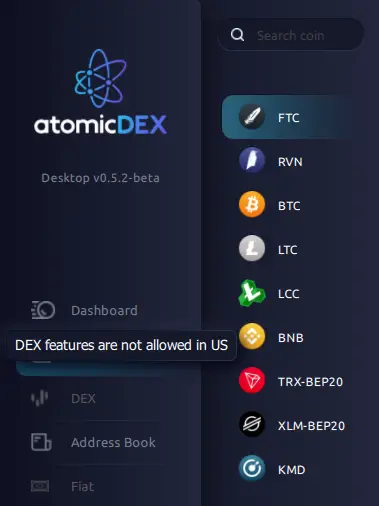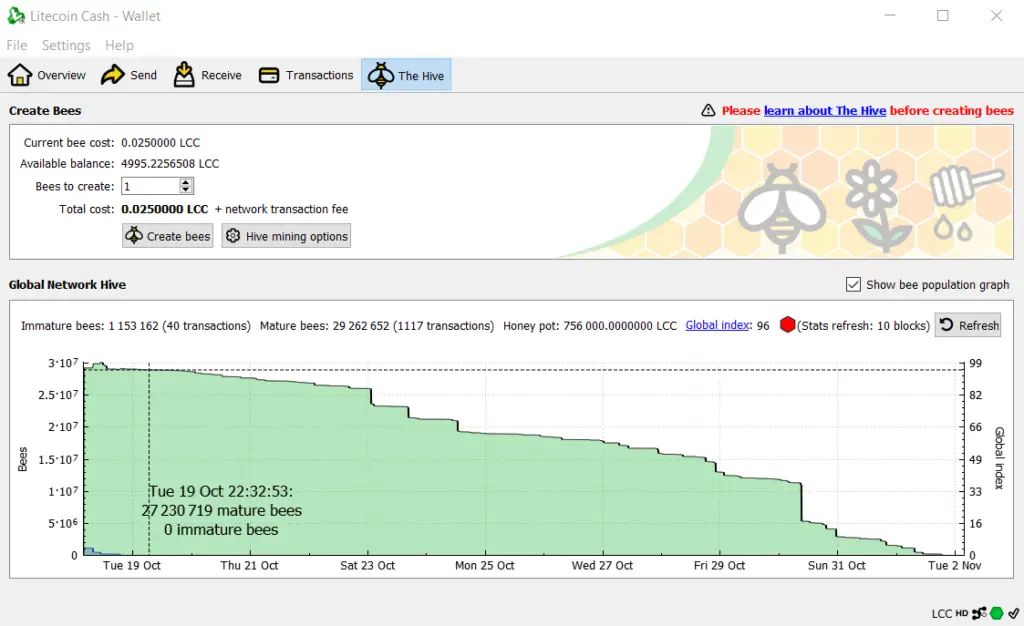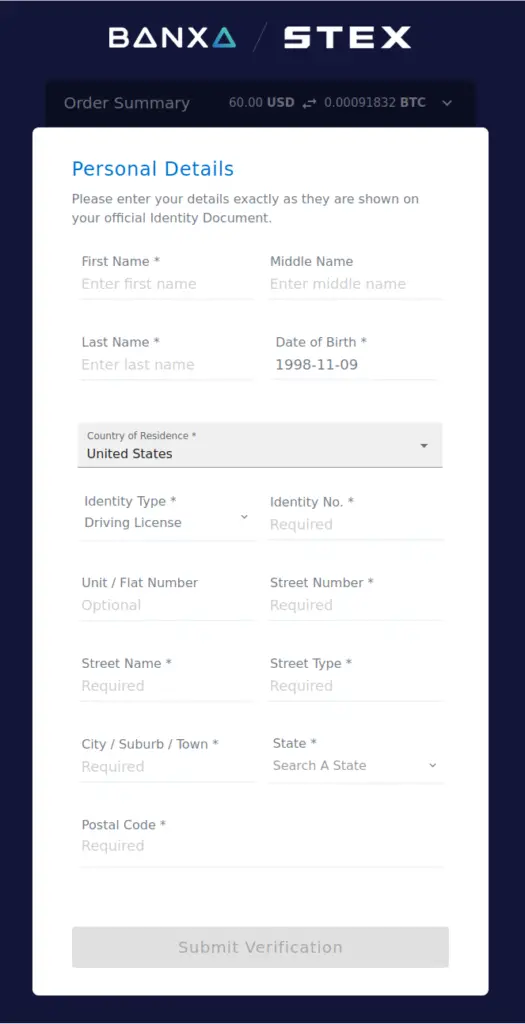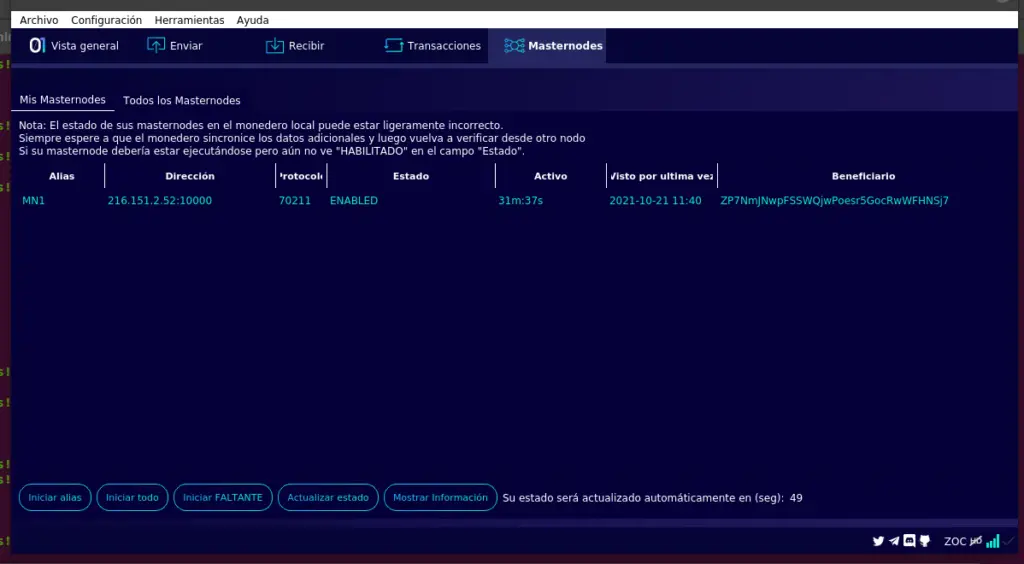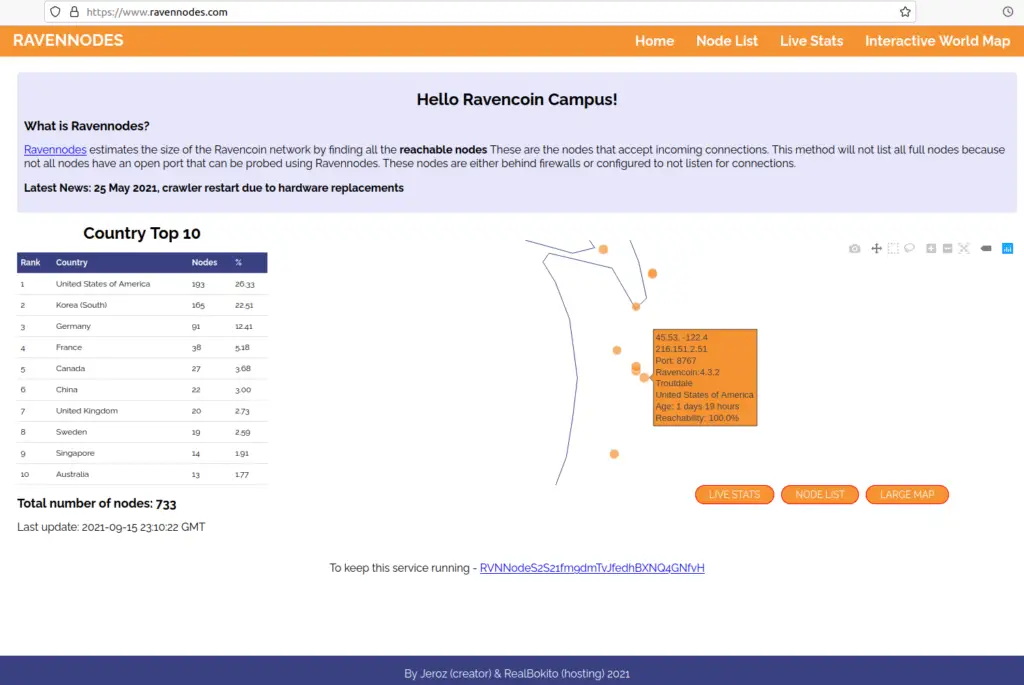TradeOgre is a cryptocurrency exchange that specializes primarily in privacy coins.
For a while I hesitated to sign up for the exchange because it looks more like the website for a metal band than a reputable exchange, and the available contact info is minimal at best.
However, I had a few coins I wanted to get rid of. I call them “scraps” because they’re a small quantity that came from test mining various altcoins.
I signed up for the exchange, and it was a fast process because they don’t require any KYC verification. They use two-factor authentication via Google Authenticator, like most exchanges.
I sent in a little Garlicoin (GRLC), Turtlecoin (TRTL), and Ravencoin Lite (RVL) [since renamed to Avian (AVN)]. I wanted to send in some Masari (MSR), but the wallet was unable to send outgoing transactions. I didn’t have the patience to mess with a broken wallet, so I uninstlaled it and deleted the data directory. Say goodbye 11 cents worth of Masari forever.
What I saw from the website made it look like there were no trade minimums. Nothing was mentioned on the fees page. I was wrong. There is a trade minimum and it’s $3. That’s quite reasonable, but it would have been nice to know beforehand and it’s something I’d expect to see on a fees page.
I sold the 47 cents of Garlicoin by buying $3 worth and then selling the whole batch. I lost a couple cents in the spread, but at least I’m rid of Garlicoin and managed to get a little bit out of it.
I decided to keep the RVL. The Ravencoin Lite/Avian saga is a story for another day.
The 17 cents worth of Turtlecoin I have sitting on TradeOgre will probably sit there until the heat death of the universe. TRTL’s bizarre setup where you have to pick a node to send through with each node having varying fees is quite odd, and a dangerous trap for those who aren’t paying attention because the fees can be exorbitant. I used Hashvault.pro, which had no additional fees, but overall the coin is not something I find appealing.
Since my initial “scraps cleanup”, I’ve traded RVN, RVL, RTM, and LTC on TradeOgre. It’s fast, smooth, and reliable. Although they might look a little shady, it’s legit. I even contacted them via Twitter for support to correct a problem with a Litecoin address and they were very responsive and helpful.
Don’t be afraid of the ogre. It’s a good exchange.

